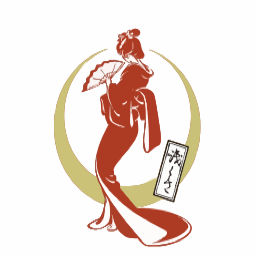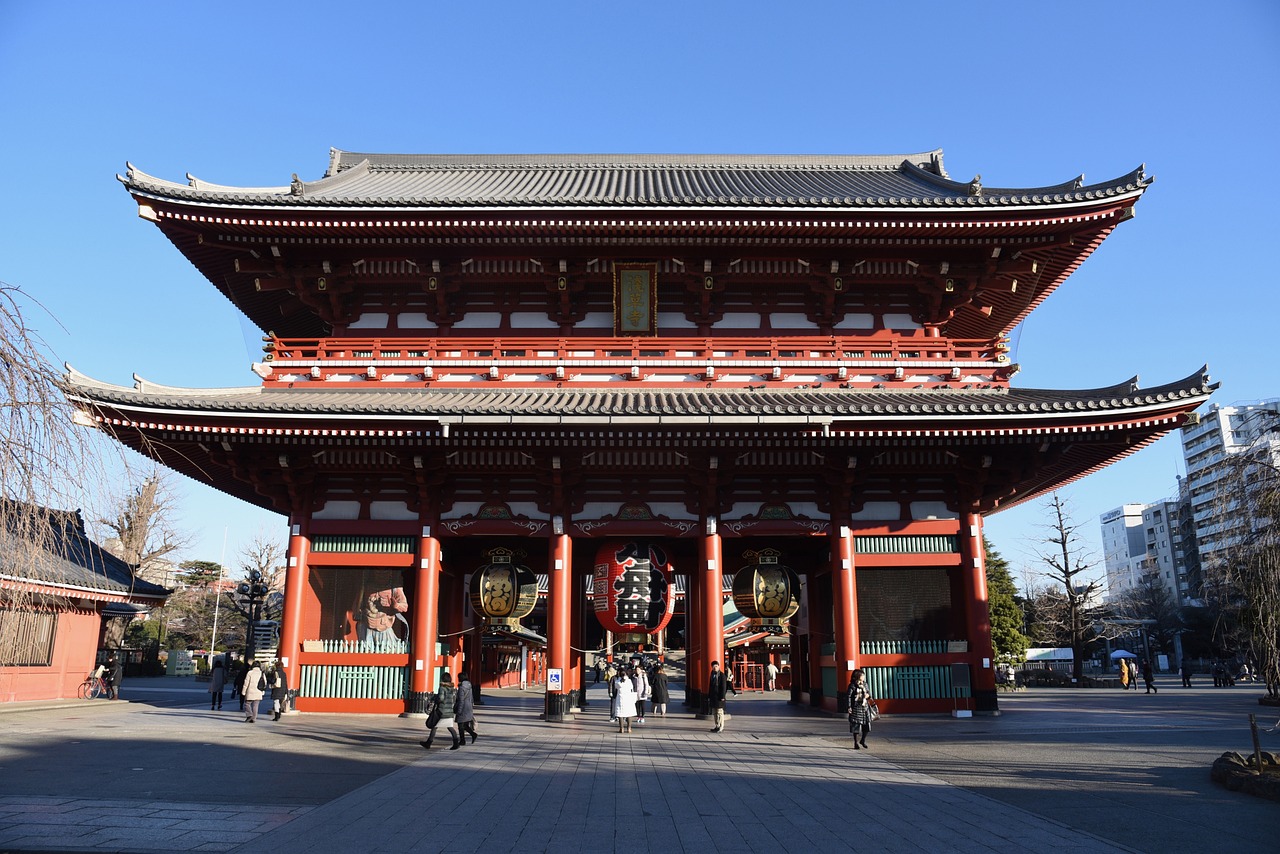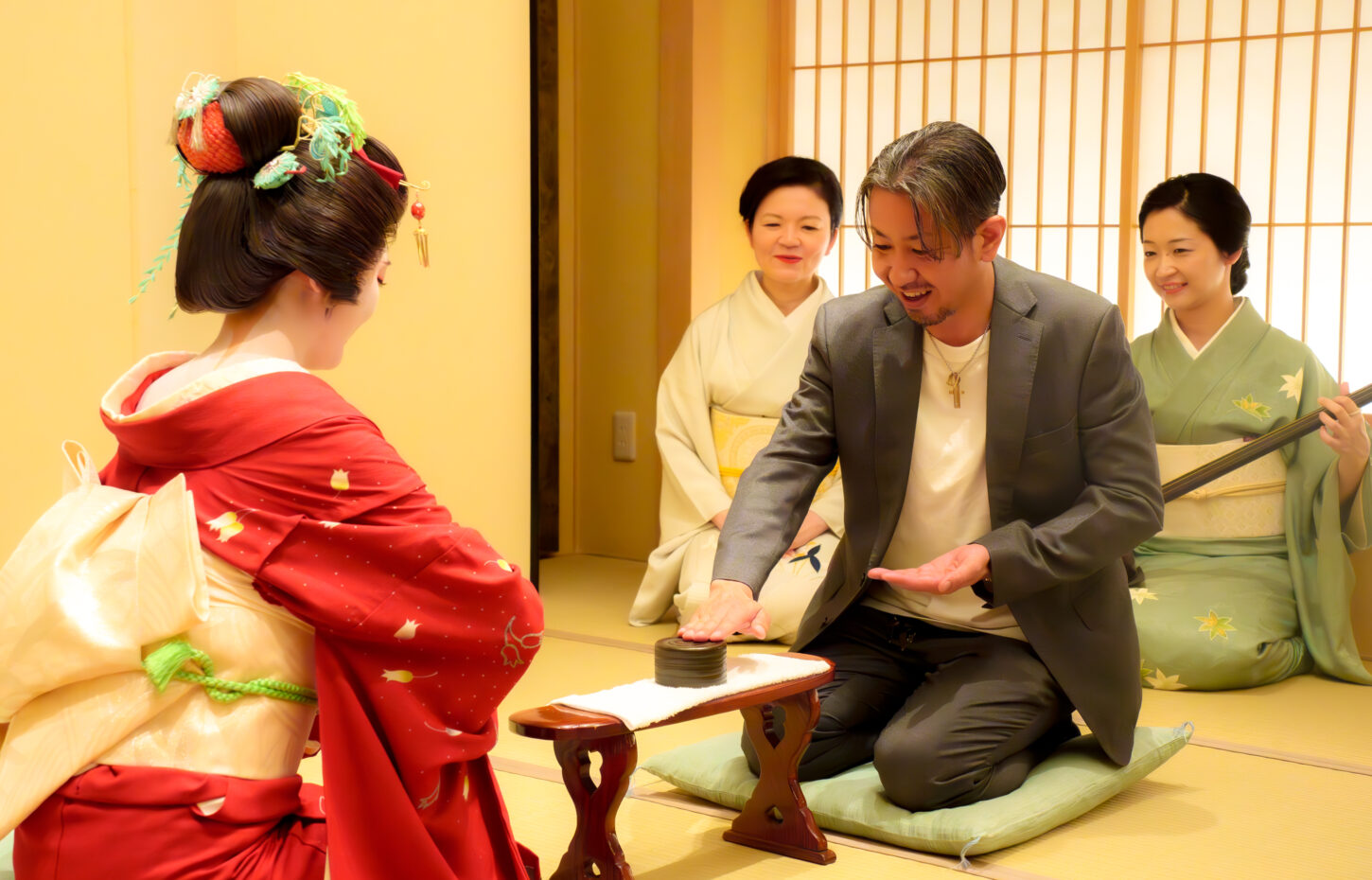
Asakusa Geisha Culture: History Q&A【Miyakodori】

Asakusa Geisha Culture: History Q&A【Miyakodori】
Last updated: 2025-09-27▶ Knowledge Q&A▶ How-to & Etiquette Q&A
This page offers a concise, non-definitive overview of geisha history and the hanamachi. Wording favors “is said to…” and “is considered…” to reflect historical nuance.
Q. What is a “geisha” in historical terms?
A professional entertainer of dance, song, shamisen, and refined hospitality in shared banquet spaces. The role is said to be to enliven the banquet (the “seki”) with performance and etiquette.
Q. When did geisha begin?
Many accounts suggest early–mid 18th century beginnings with male geisha in several cities. Female geisha later became the mainstream.
Q. How did geisha and “yūjo” (courtesans) differ historically?
Historical sources describe distinct functions: geisha focused on the arts, while courtesans provided sexual services. By the late Edo period, “geisha who do not sell sex” is said to have been institutionally defined.
Q. Why are geisha and courtesans sometimes confused?
Geisha often performed near licensed quarters and at related banquets, leading to overlap in places and occasions. Kenban (the geisha quarters’ central office) reportedly formalized dress and conduct to clarify distinctions.
Q. How did hanamachi and the karyūkai spread in Edo times?
Beyond Yoshiwara, geisha culture is said to have spread to Fukagawa, Yanagibashi, and other districts. The city’s reorganization after the Great Fire of 1657 is sometimes mentioned as a backdrop.
Q. What is a “kenban,” historically?
A geisha office handling registration, assignments, and training schedules. Kenban rules are described as clarifying the functional separation between arts and sex work.
Q. Did clothing and hairstyles mark differences?
Guides often note obi position/ties and hairstyles as visual cues, with variation by era and district. Exceptions are also mentioned.
Q. What changed in the Meiji era?
The 1872 Emancipation Edict reportedly ended indentured service. A system of licenses/notifications is said to have supported wider, regulated development of geisha districts.
Q. How did stage performances develop in the Taishō–early Shōwa period?
With venues such as Shinbashi Enbujō, annual revues like Azuma Odori became established. Training systems are described as becoming more structured.
Q. What happened during wartime and immediately after?
From around 1939, controls on night operations and wartime restrictions reportedly affected the quarters. Postwar recovery is said to have been supported by cooperation among kenban–okiya–ryōtei.
Q. How is Asakusa’s geisha scene described after the war?
Reorganization is mentioned around 1946, and from 1950 events such as Asajōkai leading to Asakusa Odori are noted (with local support). Today, traditions are said to continue under the Asakusa kenban.
Q. Which Tokyo hanamachi are commonly listed today?
Guides often cite Akasaka, Asakusa, Ōtsuka, Kagurazaka, Ōimachi, Shinbashi, Hachiōji, Maruyamachō, Mukōjima, Yoshi-chō (Nihonbashi Ningyōchō area), and others. Availability may change—please check the latest information from each kenban.
Q. Do “hōkan” (male geisha/taikomochi) still exist?
Asakusa is said to maintain an official registry of hōkan, indicating ongoing transmission of this role. Their specialty is described as orchestrating and enlivening the banquet.
How is the term “Geisha” misunderstood overseas?
Postwar language and media reception are often cited for confusion with courtesans. Many groups now emphasize that geisha are practitioners of the arts, not sex workers.
Key terms (for context)
- Hanamachi — geisha quarter (place).
- Karyūkai — the geisha world/industry (people & institutions).
- Okiya — house/agency where geisha belong and train.
- Ryōtei / Machiai-chaya — banquet venues; the latter often uses catered cuisine.
- Tachikata — dance performer; Jikata — singer/musician.










No comments yet.